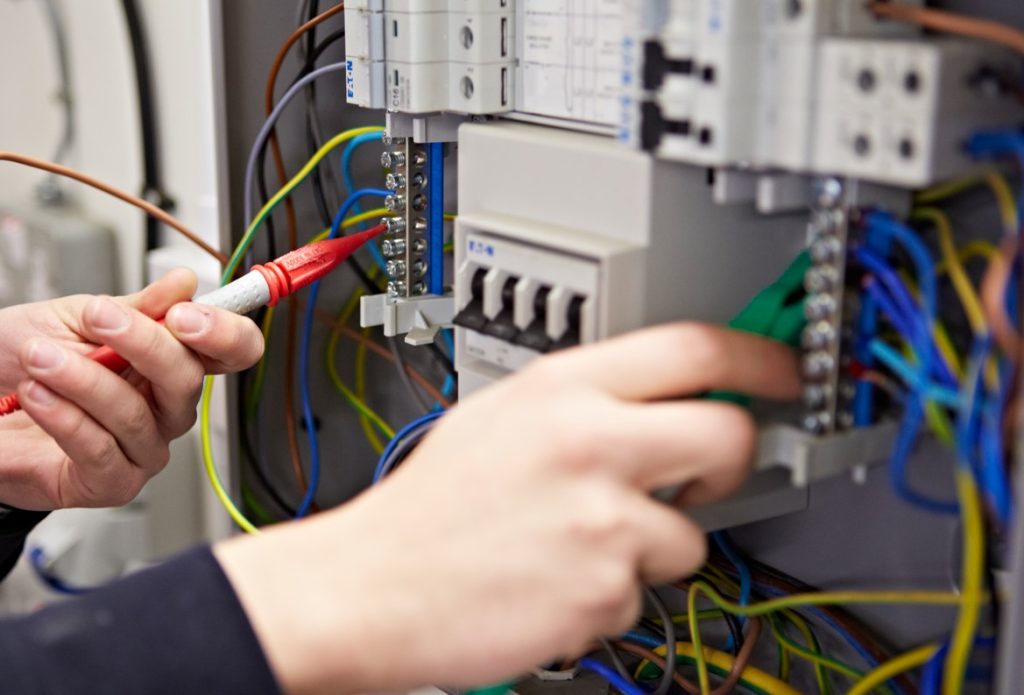
As an electrician, you’ll often find yourself correcting or repairing DIY electrical work that homeowners have attempted themselves before turning to a qualified professional.
New research undertaken by Electrical Direct has revealed that 49% of Brits have attempted to carry out household electrical work themselves. The findings also highlighted some of the most common, dangerous mistakes people can make when completing DIY electrical work after the group consulted with hundreds of UK electricians.
Dominick Sandford, Managing Director at ElectricalDirect, said: “Interest in DIY has massively increased over the last few years and while this is great to see, it’s important that people stay away from certain electrical jobs that can lead to injuries.
“That’s why we consulted electricians from across the country to reveal the tasks which are best left to the professionals.”
1. Leaving plastic-sheathed cable unprotected
Exposed cables are liable to snagging and cuts. They should be run through a conduit to prevent this and reduce the risk of fire and lethal shocks.
2. Leaving sockets and switches loosely connected
John McCallister, electrical expert at MyJobQuote, explained: “Loose connections cause movement that can potentially disrupt the power supply or allow live wires to wiggle loose, exposing them to your fingers. This means that there’s a potential risk of electrocution or fire.”
3. Cutting wires too short
Cutting wires too short can make connections difficult to complete safely, increasing the risk of electrocution and shorting.
4. Recessing boxes behind the wall surface
This is a major fire risk, both from the heat and sparks potentially coming into contact with combustible materials.
5. Installing cable without a clamp
Cables that are left loose are going to move and strain, causing damage and potentially exposing the wires, risking overheating and electric shocks.
6. Connecting wires outside of electrical boxes
Electrical boxes are there to protect connections from damage and pulling loose. They also prevent exposed wires from accidentally coming into contact with other wires. These boxes prevent sparking, shorting and overheating, so any wires connected outside of them could lead to a house fire.
7. Overfilling electrical boxes
Electrical boxes that are the wrong size are often crammed with too many wires — this can cause them to overheat or short, potentially leading to a fire.
8. Reversing hot and neutral wires
If live and neutral wires are mixed up, it could prevent circuit breakers from being able to shut off the electricity supply — this can have lethal consequences.
9. Wiring a ground fault circuit interrupter (GFCI) backwards
Mixing up the line and load on a circuit-breaking device risks electricals operating with no safety cut-off in the event of a fault. Luckily, this problem is rare in the UK, as this work must be completed and certified by a qualified engineer.
10. Installing electrical outlets close to water
Water is a strong conductor of electricity, so it’s vital any sockets and switches are at least 30cm from water sources.